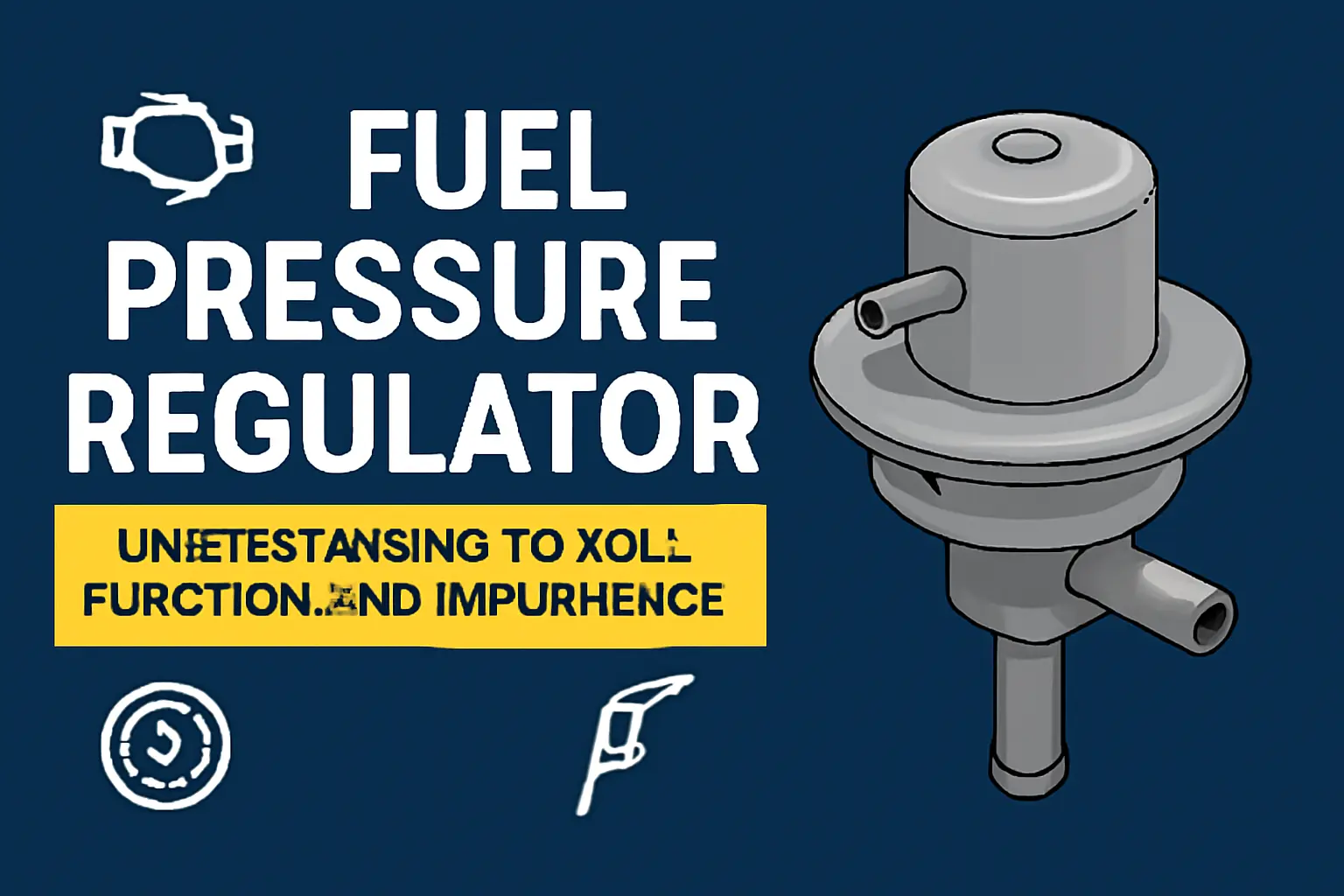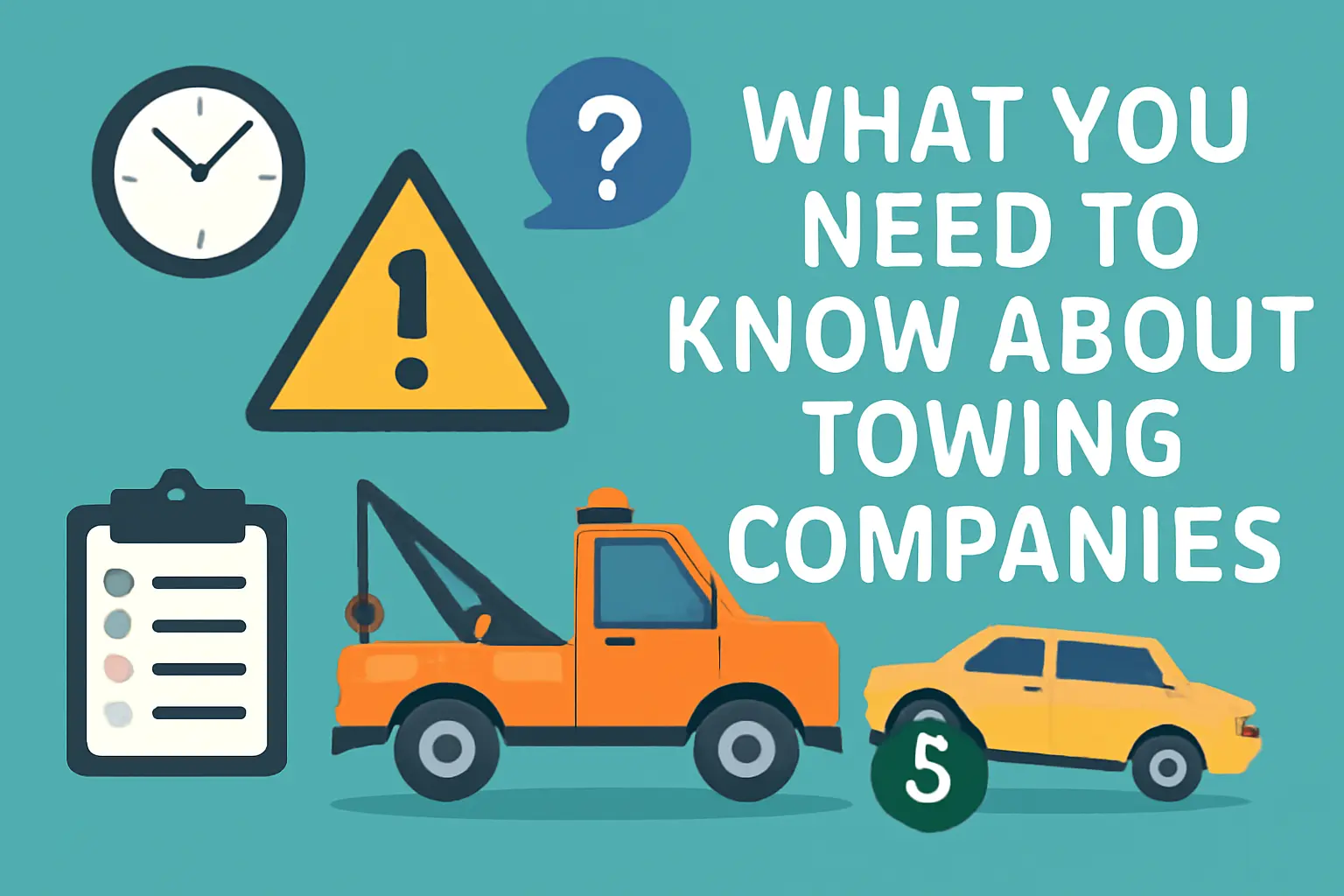The fuel pressure regulator is a lesser-known yet indispensable component in every vehicle's fuel system. It ensures the engine receives the ideal amount of fuel for optimum performance. Whether you're a car enthusiast or looking to troubleshoot fuel system issues, this guide will demystify the fuel pressure regulator.
What Is a Fuel Pressure Regulator?
A fuel pressure regulator is a device found in your vehicle's fuel system. Its primary role is to maintain consistent fuel pressure in the fuel rail, ensuring the engine receives the correct fuel-to-air ratio. This balance is crucial for optimal combustion, engine performance, and fuel efficiency.
Fuel systems operate at high pressure to deliver fuel quickly and evenly. Without a fuel regulator managing this pressure, the engine could run too lean (not enough fuel) or too rich (too much fuel), leading to poor performance or damage.
Types of Fuel Pressure Regulators
Vacuum-Operated Regulators – These use engine vacuum pressure to adjust fuel pressure as needed. Common in older vehicles.
Electronic Regulators – Controlled by the vehicle’s engine control unit (ECU), these regulators adapt quickly to changing engine demands.
Adjustable Regulators – Often used in performance or customised vehicles, these allow manual tuning of fuel pressure.
How Does a Fuel Pressure Regulator Work?
The fuel pressure regulator is typically located on the fuel rail or pump assembly. Its design allows it to monitor and adjust the fuel pressure inside the rail based on the engine's requirements. Here's a simple breakdown of how it works:
Maintains Constant Pressure – The regulator ensures that the fuel rail, which distributes fuel to the injectors, remains at a consistent pressure.
Return Line Function – Excess fuel that isn’t needed by the engine is sent back to the fuel tank via a return line.
Interaction with Engine Vacuum – Vacuum-operated regulators adjust the pressure based on engine load. At idle, when vacuum pressure is high, they lower fuel pressure; under heavy acceleration, they raise it.
Fail-Safe Mechanism – Most modern fuel rails include regulators with fail-safes to protect the pump and engine from overpressure.
Trending Article: Y2Mate YouTube to MP3 Converter
Importance of a Fuel Pressure Regulator in a Vehicle
Without a working fuel pressure regulator, the engine would suffer several issues. Here’s why its role is critical:
Optimal Engine Performance – Ensures the engine runs smoothly by delivering consistent fuel pressure.
Fuel Efficiency – Regulates the proper fuel ratio to prevent wastage.
Protecting Engine Components – Prevents overloading of fuel injectors or fuel pump, extending their life.
Emission Control – Helps maintain proper fuel combustion, reducing harmful emissions.
Engine Longevity – A well-regulated fuel system reduces wear and tear on crucial components.
Symptoms of a Bad Fuel Pressure Regulator
A failing fuel pressure regulator can cause multiple issues. Here are common symptoms to watch for:
Engine Misfires – If the engine isn’t receiving the right fuel amount, it may misfire.
Poor Fuel Economy – Excess fuel delivery wastes petrol or diesel.
Fuel Leaks – A faulty regulator might leak fuel internally or externally.
Hard Starting or No Start – If the regulator isn’t supplying enough pressure, the car may struggle to start—or won’t start at all.
Black Exhaust Smoke – Too much fuel causes incomplete combustion, leading to dark, smoky emissions.
Check Engine Light – A failing regulator may trigger the check engine warning. Codes can often point to fuel-related issues.
Common Issues and Troubleshooting
Understanding common faults related to the fuel pressure regulator can help diagnose and address them efficiently.
Common Issues
Stuck Diaphragm – A vacuum diaphragm that’s stuck can disrupt pressure regulation.
Clogged Return Line – A blocked return line causes excess pressure, leading to injector overload.
Leaking Fuel – Internal or external leaks diminish performance and create hazards.
Vacuum Seal Failure – A leak here can cause erratic pressure control.
Troubleshooting Tips
Inspect for Leaks – Check the regulator and surrounding areas for visible fuel leaks.
Vacuum Line Check – Test vacuum connections and hoses for cracks or disconnections.
Listen for Odd Noises – Hissing or sputtering noises near the regulator can indicate faults.
Read Error Codes – Use an OBD2 scanner for diagnostic codes that may reference fuel pressure problems.
Test Performance – Using a pressure gauge can confirm actual readings against manufacturer specifications.
Also Read: The Ultimate Guide to Fennel and Fennel Seeds
How to Test a Fuel Pressure Regulator
If you suspect your fuel pressure regulator isn’t functioning, testing it can provide clarity. Here's how to carry out a basic test:
Safety First – Always work in a well-ventilated area and wear protective gloves and eyewear.
Connect a Fuel Pressure Gauge – Attach the gauge to the fuel rail’s test port.
Turn the Ignition On – Observe the gauge reading without starting the engine. Compare this with the manufacturer-recommended pressure.
Check Under Load – Start the engine and rev it gently while monitoring the gauge. Pressure should rise slightly under acceleration.
Vacuum Test – Disconnect the vacuum line to see if pressure changes. No change often indicates a failing regulator.
If testing reveals a problem, the regulator should be repaired or replaced promptly.
FAQs About Fuel Pressure Regulators
Can a bad fuel pressure regulator cause no start?
Yes, a bad regulator could result in insufficient fuel pressure, preventing the engine from starting.
How do you know if a fuel pump or fuel pressure regulator is bad?
Symptoms like hard starting, poor acceleration, or erratic engine performance could indicate either issue. Testing fuel pressure can help identify the fault.
What happens if the return pipe of the fuel regulator is blocked?
A blocked return pipe causes excessive fuel pressure, potentially flooding the engine and damaging injectors or other components.
How does the pressure regulator work on the fuel rail?
The regulator monitors rail pressure and adjusts it by redirecting excess fuel to the tank via the return line.
How does a fuel pressure regulator work on a common rail engine?
On a common rail engine, the regulator is electronically controlled to maintain precise pressure. The ECU adjusts the regulator to meet real-time demand, enhancing performance and efficiency.
The fuel pressure regulator is a vital yet often overlooked component in a vehicle's operation. Understanding its role, diagnosing issues, and performing regular maintenance can significantly improve vehicle performance and longevity. Now that you know all about this essential part, you’ll be better equipped to handle fuel system-related challenges with confidence.



